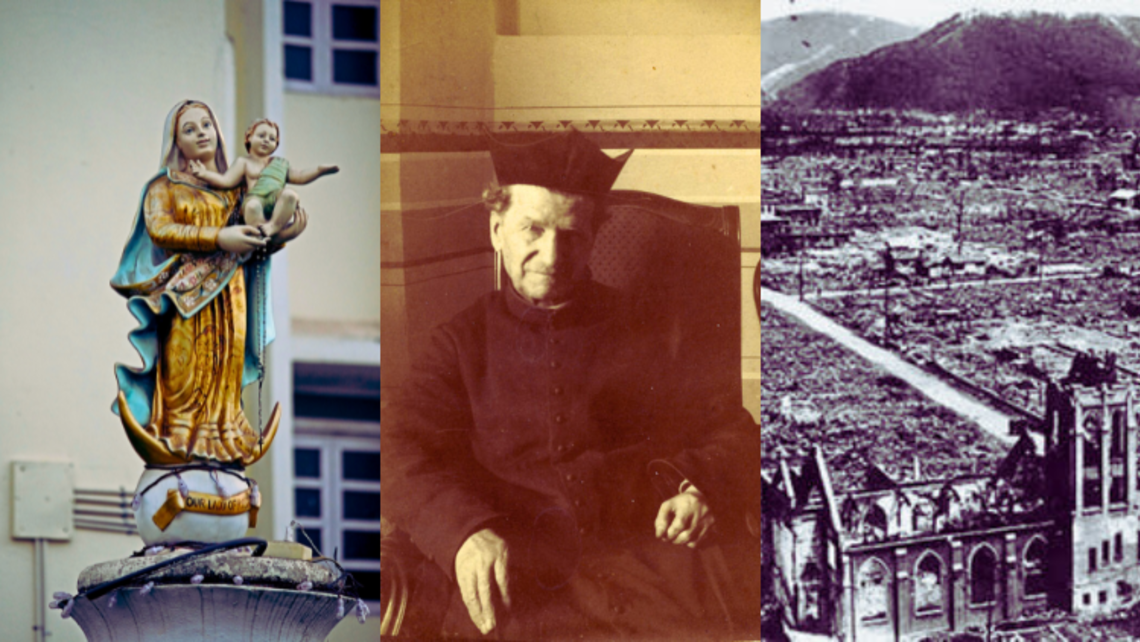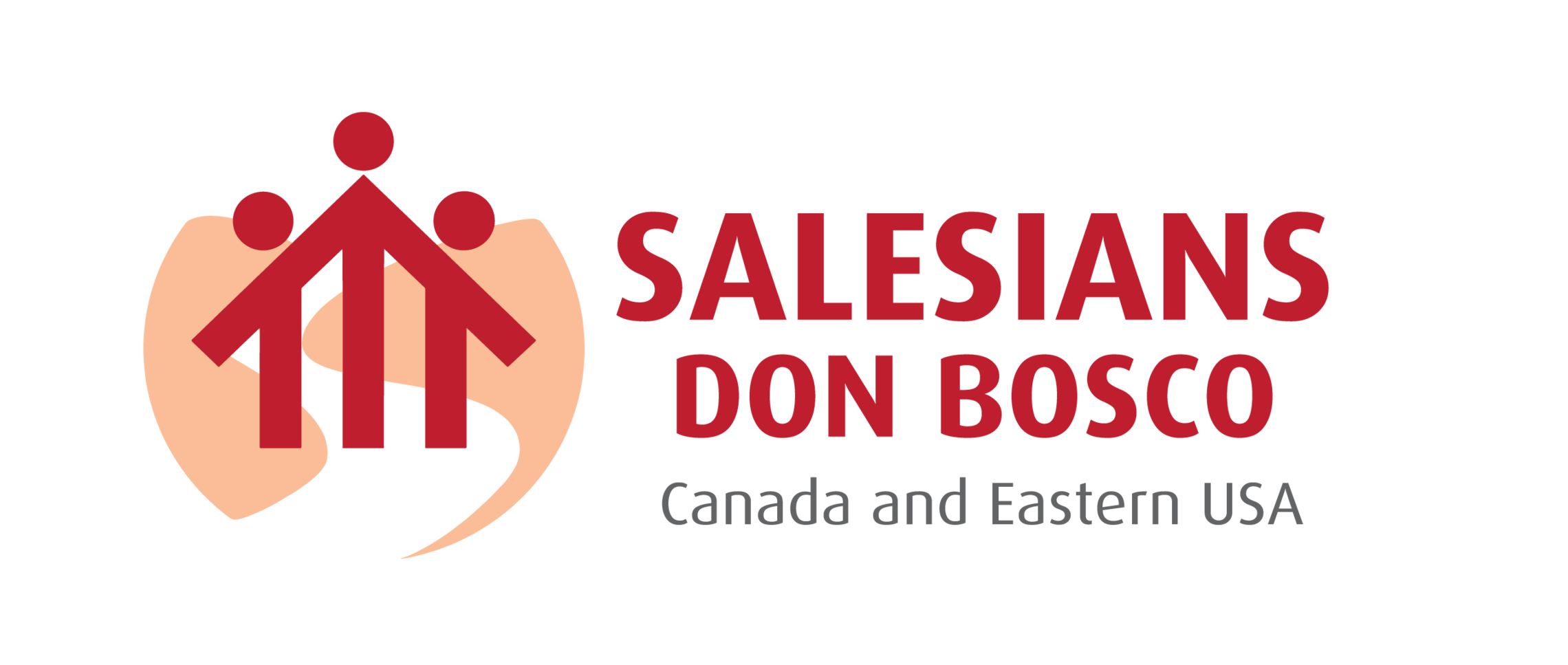
By Fr. Steve Ryan, SDB
Here are three stories from history that show how Mary “protects” in a powerful way.
1.) The Battle of Lepanto
Mary saved Christianity in Europe in 1571. Most people don’t realize that it was quite a close call for the Church and for the Catholic faith at the end of the 16th century. As Christian countries lacked unity and actually fought against each other, a huge Turkish armada set sail to capture Rome. If the plan of occupation had worked, history would have been quite altered. However, a makeshift fleet manned by Christians assembled at Lepanto. The leader was Don Juan of Austria. From the human point of view, the outcome was inevitable— destruction, enslavement, spoliation, and desecration.
The Pope of the day, St. Pius V, called upon every Catholic to invoke the aid of the Mother of God under her title “Help of Christians.” He begged all Christians to storm heaven unceasingly with Rosaries; the faithful responded. Then, the battle got underway. It would take many days before word reached Rome of the outcome. The Pope had been granted a vision of the outcome. Despite all odds, everything happened in miraculous ways so that Christendom was saved. Pope Pius declared October 7, 1571, a new feast in honor of our Lady— the feast of the Most Holy Rosary.
2.) The Salesian Mission in South America
Throughout his life, Don Bosco had many dreams in which God communicated messages to him. One such dream was the dream of the missions. Don Bosco always wanted to send his Salesians to foreign lands, but he was not sure where they should go. His answer came one night in a dream.
As he told the Salesians: “I dreamed that I was in a wild region with vast plains and mountains off in the distance—and I saw a group of Indian-looking men running across the fields. These men were not interested in the Christian religion and actually looked quite ferocious. Off in the distance, I saw coming toward these native people, a group of missionaries. I recognized them by their dress as missionary monks from various religious orders. They had come from Europe to convert these indigenous Indians. The missionaries went right in among the natives, and they never stood a chance. The indigenous rushed at them, chasing most away and killing quite a few of them. The whole scene was very disturbing!”
Don Bosco continued: “I hoped that no other missionaries would be foolish enough to go near that place. But then I saw another group of young religious serenely advancing toward the Indians. When I looked at them closely, I realized that they were my very own Salesians! ‘They have come to be murdered—I exclaimed in horror!’ I expected them to receive the same fate as the other missionaries, but to my surprise a strange thing happened. The Indians suddenly seemed pleased with the approach of my Salesians. They put down their weapons and welcomed our missionaries with kindness and courtesy.”
“What was going on? It was amazing to see how our missionaries taught them prayers, catechism, music, and sports, and the natives reciprocated by teaching the Salesians about their culture. The two groups were praying, working, and sharing life together! I wondered—Why were our Salesians accepted while other missionaries met such a different fate?”
“Then I saw what it was. It was her. It was Mary. When I looked behind the Salesians, I saw that our Blessed Mother, the Help of Christians, was present there taking care of my sons.”
Don Bosco searched for many years for the people he saw in that dream. Finally, in 1875, he sent his Salesians to Patagonia in South America. Miraculously, the indigenous of the continent embraced Catholicism. Today, one can venture into Central and South America and see that, while many other religious orders were unable to survive, the Salesians succeeded in educating the youth and families in those countries. Don Bosco gave all the credit to Mary’s intervention.
3.) The dropping of the atomic bomb
On August 6, 1945, the feast of the Transfiguration of Christ, an American bomber dropped an atomic bomb that detonated 1,900 feet above Hiroshima, Japan. The blinding explosion killed everyone in a one-mile radius from “ground zero”—an estimated 60,000 men, women, and children.
On this date, a miracle, about which few have heard, occurred. The only survivors within that one-mile radius were eight Jesuit priests. These eight men, like the eight who survived the Great Flood, walked away from the atomic blast and lived into old age without radiation poisoning.
The Jesuit Fr. Hubert Schiffer, one of these survivors, was 30 years old at the time of the Hiroshima blast in 1945. After having celebrated the Holy Sacrifice of the Mass for the feast of the Transfiguration, he was sitting down for breakfast when all the windows in every direction pulsed with light. Here is Fr. Schiffer’s description of what happened: “A terrific explosion filled the air with one bursting thunderstroke. An invisible force lifted me from the chair, hurled me through the air, shook me, battered me, and whirled me round and round.”
He experienced a few minor injuries, yet American Army doctors confirmed that he and his seven companions suffered neither severe injuries nor radiation damage.
When asked why he and his fellow Jesuits were unharmed while everyone else in the one-mile radius had died, Fr. Schiffer answered: “We survived because we were living the message of Fatima. We lived and prayed the Rosary daily in that home.”






